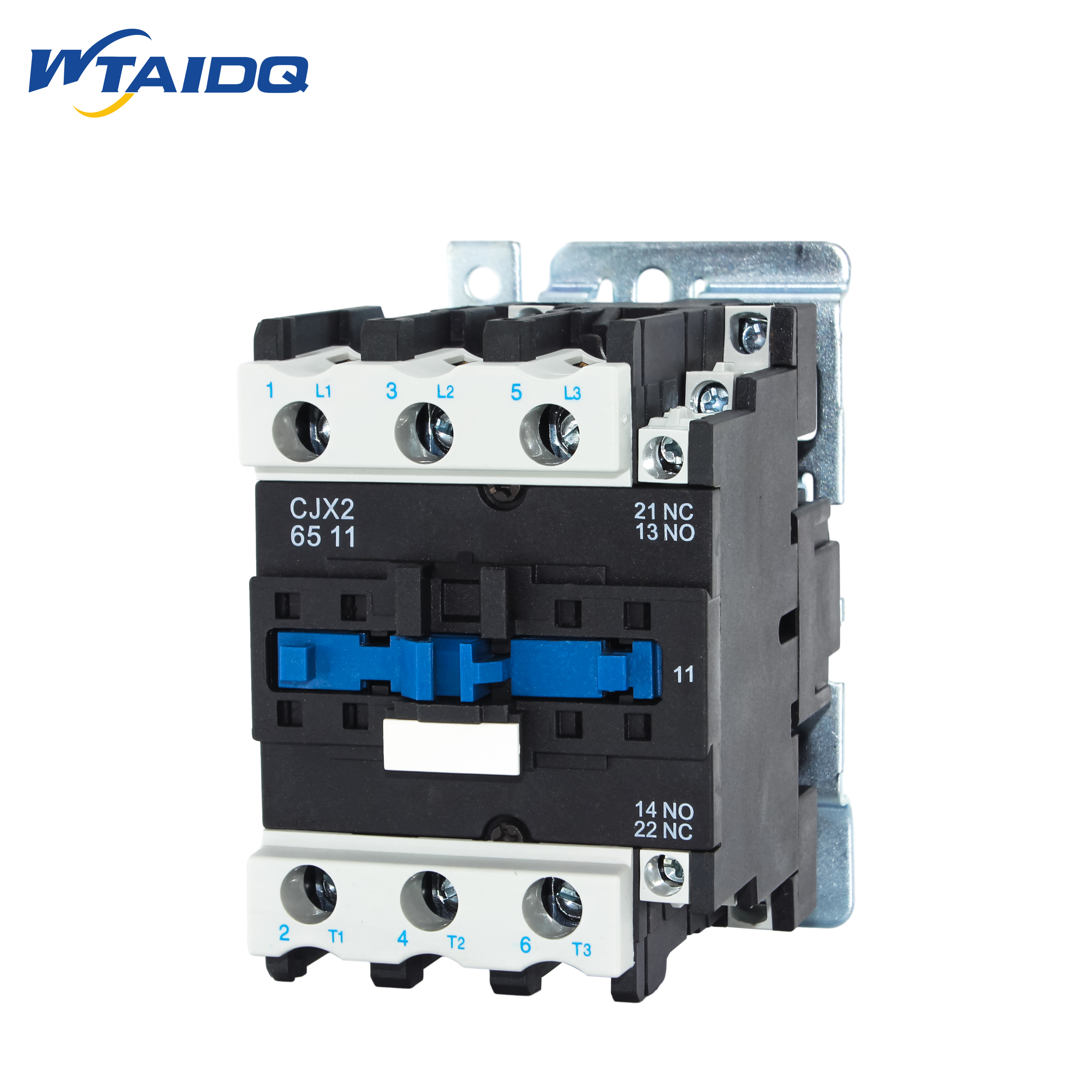A three-phase contactor is the backbone of modern electrical automation, seamlessly controlling high-power motors in factories, commercial hubs, and smart homes. By managing circuits through electromagnetic or electronic switching, these devices ensure precise operation of HVAC systems, elevators, and industrial machinery. Their ability to optimize energy flow reduces operational costs while extending equipment lifespan—critical for industries prioritizing sustainability. Whether stabilizing power grids or automating residential lighting, three-phase contactors deliver reliability where it matters most. Want to master motor control? Start here.
Core Working Principle
A three-phase contactor operates through two distinct mechanisms: electromagnetic and electronic control. The electromagnetic contactor, the traditional workhorse, uses a simple yet powerful principle. When energized, the coil creates a magnetic field that pulls the contacts together, completing the circuit. Cut the power, and the field collapses—springs snap the contacts open. This reliable "push-pull" action makes electromagnetic models ideal for heavy-duty motor control in industrial settings.
But precision demands innovation. Enter the electronic contactor, where transistors replace physical contacts. These semiconductor-driven units eliminate arcing and wear, boosting lifespan by 300% in some cases. They’re not just durable; electronic variants optimize motor performance through microsecond-level switching accuracy. Imagine adjusting conveyor belt speeds or compressor cycles without mechanical lag. That’s the edge modern facilities gain.
While electromagnetic contactors dominate rugged applications, electronic versions shine in energy-sensitive environments. Both ensure your three-phase systems run smarter, whether maintaining factory throughput or regulating commercial HVAC.
Key Applications
The three-phase contactor proves its versatility across industries and homes alike. In commercial and industrial settings, these devices act as silent power directors—switching HVAC compressors on/off during peak demand, managing elevator motor cycles, and optimizing water pump operations. A factory using three-phase contactors for conveyor systems can reduce downtime by 22% through precise load balancing.
But their impact isn’t limited to factories. Modern smart homes leverage them for automated gates and synchronized lighting control. Imagine your garage door opening smoothly as you approach, backed by a contactor ensuring zero voltage spikes. Safety? These units cut power instantly during faults, protecting both equipment and families.
The real magic happens in energy efficiency. By eliminating unnecessary motor runtime, three-phase contactors slash energy waste. One warehouse reported 18% lower bills after retrofitting their HVAC with electronic contactors. Longer motor life? That’s baked in—reducing replacement costs and maintenance headaches.
How to use three phase contactors correctly?
Maximizing a three-phase contactor’s performance starts with pre-installation rigor. Match motor load ratings to the contactor’s specs—overloading risks melted contacts or fires. I once saw a mismatched HVAC system trip breakers weekly until we upgraded the contactor.
1.Power supply quality is non-negotiable. Voltage fluctuations as small as 10% can fry coils. Use a multimeter to verify stability before wiring. One warehouse avoided $15k in downtime by installing a voltage stabilizer alongside their contactors.
2.Routine maintenance keeps failures at bay. Clean oxidized contacts every 6 months—a stiff brush and contact cleaner work wonders. Check housing for cracks; even minor damage exposes internals to dust. Tighten loose terminals immediately—vibrations from industrial motors loosen connections over time.
Pro tip: Log maintenance dates on the contactor’s housing with a marker. Simple? Yes. Effective? A plant manager told me this habit cut emergency repairs by 40%.
Conclusion
The three-phase contactor isn’t just a component—it’s the silent guardian of electrical automation. From powering industrial motors to securing smart home systems, its role in balancing energy efficiency and reliability is unmatched.
Want lasting performance? Prioritize precise installation and scheduled maintenance. A well-calibrated contactor can outlive its specs by years, as one factory proved by cutting downtime 30% through routine inspections.
As infrastructure evolves, these devices remain pivotal. They’re not just saving energy; they’re reshaping how industries meet sustainability goals. Your next upgrade? Make it a three-phase contactor.
Post time: Apr-16-2025
